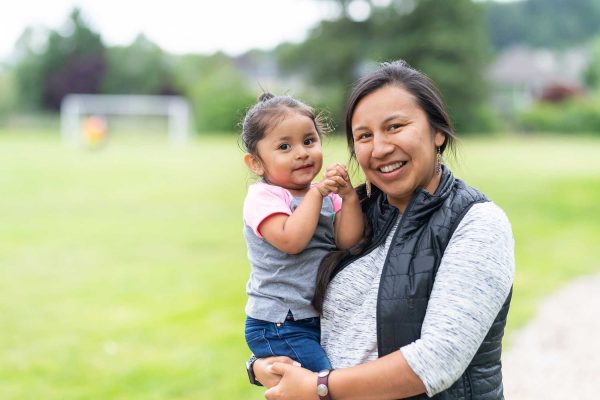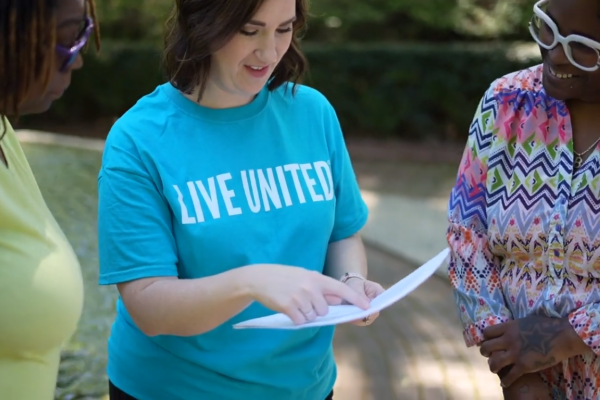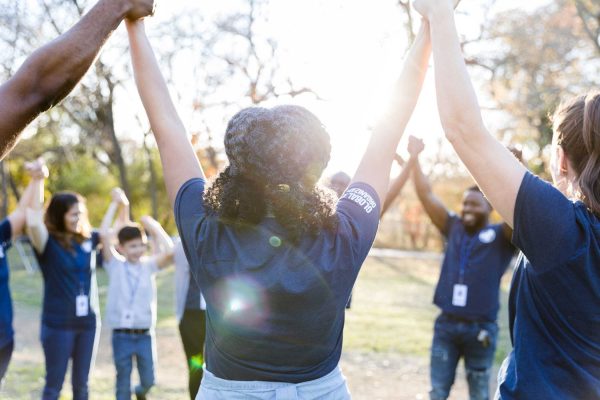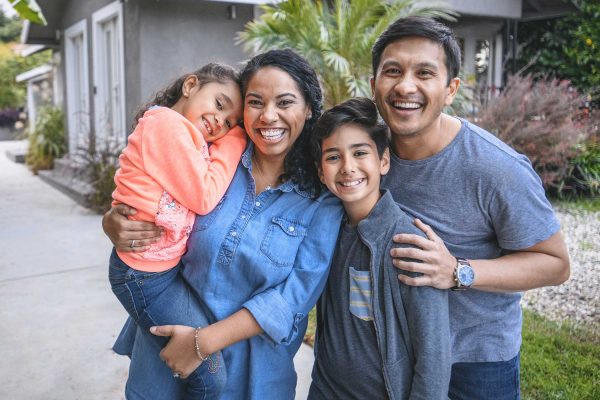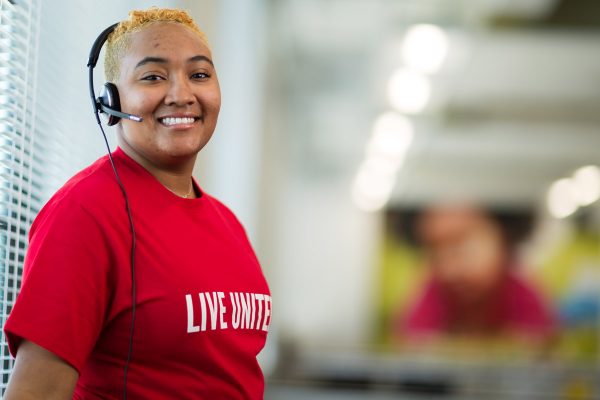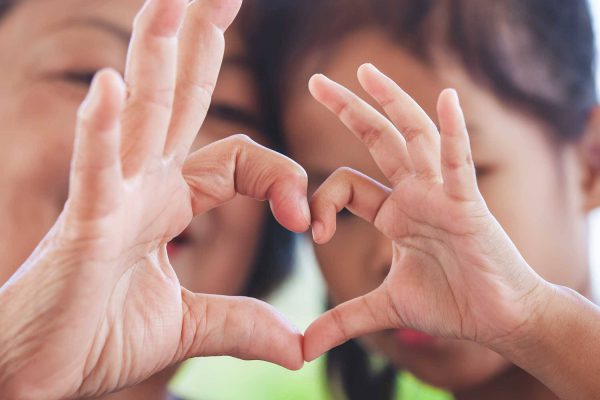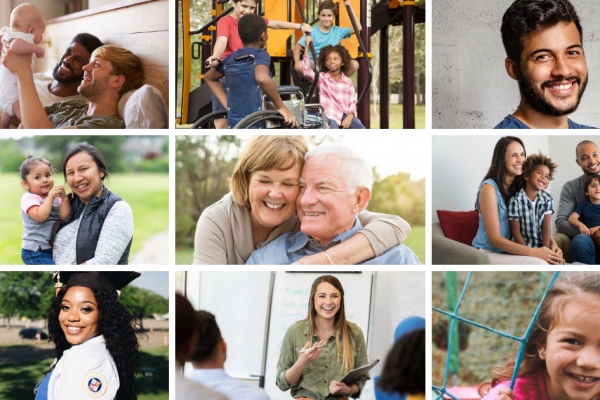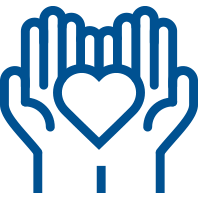FROM OUTPUTS TO OUTCOMES
When we talk about our progress on our Bold Goal, you may hear us talk about outcomes and outputs. The outcomes are what we ultimately hope to achieve in providing services to our clients. The outputs are the actions or items that contribute to achieving an outcome.
You will see us reporting outputs such as the number or percent of participants enrolled in job skills training; clients who complete GED, certificate, and/or degree programs; participants who complete financial literacy courses; clients that signed up for income maintenance program(s); and families who take advantage of the EITC. Each of these outputs is directly related to an outcome.
As with any goal, we have short-term, intermediate, and long-term outcomes that we hope to achieve. As a first step in preparing families for financial stability, we are focusing this year on our short-term outcomes. These include new knowledge or skills about financial stability, including job-hunting skills, demonstrating soft skills, awareness of supportive programs, and knowledge of effective financial practices (e.g., budgeting, credit score). Each of these short-term outcomes, though they may seem simple, help to prepare our families for the road towards financial stability.
We understand that families who have financial literacy skills will be able to make wise financial choices. If we link families to products, education, and services, then they will start to build the financial tools and resources they need to make wise financial choices and progress down the path to financial stability.
Individuals who are working, but do not make enough to support their families will benefit from programs that connect them with the knowledge and skills to start on a sustainable career path and gain employment with a livable wage or increase their wages.
Finally, families who are living below the financial stability line do not make enough to make ends meet. By increasing their access to supports and resources to reduce their costs and increase their disposable income, we can ensure that families can balance their budgets and begin to save for the future.
While it may not seem, at first glance, that the outputs we are discussing have to do with our ultimate goal, Financial Stability, we have to understand that it is a long road to stability, with many stops along the way. By meeting our clients at the starting line, being sure they are getting access to the resources they need along the way, we can confidently continue our work knowing that these families are on their way to being financially stable by 2030- one small step at a time.
TARGET POPULATION
One step in making sure we are on the path to meeting our goal, is ensuring we are serving the right clients. The UWYC staff identified a Target Population, or a set of individuals who we feel have the potential to go from surviving to thriving. All programs funded by UWYC’s Financial Stability initiative must include at least one of the following: Individuals who are low income (up to 200% FPL) or living in poverty; Individuals who are unemployed, underemployed, or not earning income at the Self Sufficiency Standard for family size.
In October 2020, UWYC staff received our first round of Quarterly Reports from our funded agencies. Preliminary reporting shows that we are on track and serving our Target Population.
INCOME
56% of clients served earned less than $25,000 per year.
According to the report released by the United Way Association of South Carolina, for a family of three (one working parent, one preschooler, and one school-aged child) living in York County, the annual wage required to be self-sufficient is $50,746 annually.
For the same family of three, the wages earned at the Federal Poverty Line $21,720 per year. 77% of clients served by UWYC are low-income and earn up to 200% of the Federal Poverty Line.
EMPLOYMENT
53% of clients are underemployed or earning less than the self-sufficiency standard for their family size.
Employment is a strong indicator of financial stability. Though the unemployment rate was 4.5% in York County in 2016, 21% of all workers were under-employed, meaning they do not have enough paid work or are not doing work that makes full use of their skills and abilities. Underemployed workers have a job, but their income is not enough to cover their needs. We refer to this group as “the working poor”.
Our preliminary findings show that UWYC Financial Stability partners are doing their part to serve those who are unemployed and underemployed in York County. 47% of clients served so far this year are unemployed. This means they are able-bodied and looking for work, but unable to find it. 53% of clients are underemployed or earning less than the self-sufficiency standard for their family size.
EDUCATION
72% of clients served this quarter have a high school diploma or less.
19% of those over the age of 25 with less than a high school degree and 10% of those with a high school diploma are living in poverty in York County. We know that education often opens the door for opportunities that lead to higher wages.
By encouraging clients to get a G.E.D, or enroll in a license or certificate program, UWYC Funded Partners are setting them on the path towards the Bold Goal of financial stability.
CONCLUSIONS
Our first quarter of reporting findings has made it clear that we are on the right track in terms of our target population and that we have selected relevant indicators to help address the challenges York County families face. Our Board of Directors, Financial Stability Taskforce, and staff are committed to moving this work forward. It is evident that to achieve our goal, it will take the entire community joining forces to create change. We encourage you to join us in helping our community achieve financial stability for 3,000 of our neighbors by 2030.

